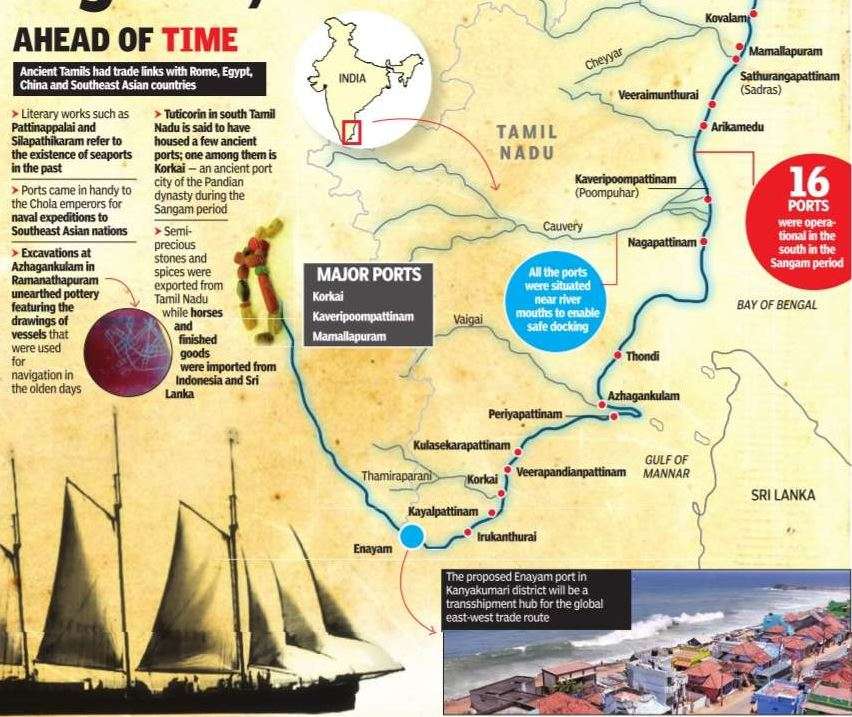Results:
Following are the results. Based on autosomal analysis there are elements of Haihaya race, Cholas/Telugu Cholas, Elam, Pallava/Kambojas/Hunas in the results.
Pallavas and Cholas ruled over wide areas in South East Asia and in South India. Kambhoja/Pallava had Altaic, Caucasian and Siberian ancestry. Haihaya were part of Yadu tribe and match to wide set of kings in India especially Gujarat, Karnataka, MP/Maha, UP, Rajastan, Chattisgarh etc...
Nandi coins of Kalachuri Haihayas and Pallavas.
y HAPLOGROUP H1a1
Y Haplogroup H and it's sub clades appear to be around 30,000 to 40,000 years old.
H and sub clades appear to primarily be found in South Asia and the Middle East. The only known H* population of Europe are the Roma / Romany Gypsy people who are confirmed to be in Y Haplogroup H1a - M82. By some estimates the Romany version of Y Haplogroup H1a1 - M82 maybe only 2000 years old.
My sample categorized as H-Z5890 in YFULL under this tree https://www.yfull.com/tree/H-Z12533/
This particular subgroup is present widely in Indian Sub-continent such as Sri lanka, India, Pakistan, Bangladesh etc... There might be 20M members associated with this haplogroup.
mtDNA HAPLOGROUP U2
U2 is a rare and interesting haplogroup. There was a U2 sample found in ancient remains dating to about 35,000 years ago at Kostenki, Russia. Around that time U2 appears to have spread both to Europe and to south Asia. Several suclades (U2a, U2b and U2c) are found most often in south Asia. U2d is found mostly in the Near East and southwest Asia, and U2e is found mostly in Europe. It is estimated to be about 19,000 years old and it might have been among early Europeans, or it might have migrated to Europe with Neolithic farmers or herders.
U2 overall correlates best to the ANE (WHG, IMO, is related but later) component present in Europe. ANE significantly overlaps India and Europe, the two places where U2 is also present. ANE shows no affinity to the SW Asian components (part EEF, and something termed basal Eurasian). ANE did enter northern parts of West Asia, especially the Caucasus, but that is in the post-Neolithic timeframe - as Stuttgart has no ANE.
The provenance of the ancient U2 (from Jean's compilation) are in concordance with the ANE scenario:
Russia Kostenki 14 U2 11467, 12308, 12372, 1811, 16051
Germany Blätterhöhle, Hagen 11000ybp U2eSweden Motala 2 8000ybp U2e1
Russia 7500 ybp U2e 2 samples Sweden Motala 12 8000ybp U2e
So that seems to confirm multiple waves of migration of U2e into Europe. We know that U2e was in Europe by 11 kya, but U2e almost certainly did not arrive in Europe until after the LGM (unless the age estimate for U2e is significantly wrong). U2e originated in the Black Sea/Caspian Sea refuge 20 kya, and then expanded into India and western Europe after the LGM. The Mesolithic European U2e might have been mostly replaced during the Neolithic, and another wave of U2e associated with Indo-Europeans expanded into Europe in the Bronze age.
U4 is another group that seems to have expanded from the East European plain after the LGM, and U5 seems to have expanded from western Europe to the east after the LGM. As the ice retreated and bands of hunter-gatherers expanded northward in both western and eastern Europe, it seems possible that there could have been east-west diffusion of U5, U4 and U2e. But the LGM origin of U2e would have been in a southern refuge, perhaps around the Black Sea and Caspian Sea, and this could also explain its early arrival in India and Pakistan.
Kostenki has 4 extra mutations (at markers 542, 711, 13269, & 15262) so it forms its own subclade parallel to U2a, U2b, U2e etc. So this suggests that U2 was widespread, perhaps from Russia to India, with at least 6 different lineages surviving ca 35 kya. The ancestor of U2e was one of those lineages, but the MRCA of U2e probably lived around 20 kya almost certainly somewhere in southwest Asia.
My sample is now categorized as U2a1a2 as kit YF83218 in Yfull at https://www.yfull.com/mtree/U2a1a/
Autosomal analysis
The ancient cities of Elam and Shahr-e-Sokhte had some South Asian populations categorized as Bronze Age 2 group. My autosome is particularly close to those due to ties from Neolithic era to Medieval time which were cut short in recent times.
A snapshot of top matching ancient samples that contributed most from the Mytrueancestry deep dive Y-dna shows following diagram. It shows ancient H y-dna mixed with J2a population from Greece, J1 Eastern Steppe Scythian, G2a Oetzi, Karasuk Scythian, L1a Nagas, and North African-Scythian mixed sample. These were the main samples with high autosomal count but there were other significant clusters from Huns that show up as Xiongnu Sarmatians, Levant, Iranian Neolithic/Copper age, Armenian Bronze Age, Black Sea Tepes etc...
The top autosomal contributions is as shown below, where my sample is top matching in many ancient samples
The Oetzi might have been from the ancient maritime trade routes along Megalithic towns present all over the India. Probably few groups in the South harboured more of this autosome in the past since we have evidence of extensive maritime contact during megalithic era in Adichanallur close to 2000BC. The later era saw numerous towns showing evidence of maritime trade with Greeks and Romans.













No comments:
Post a Comment